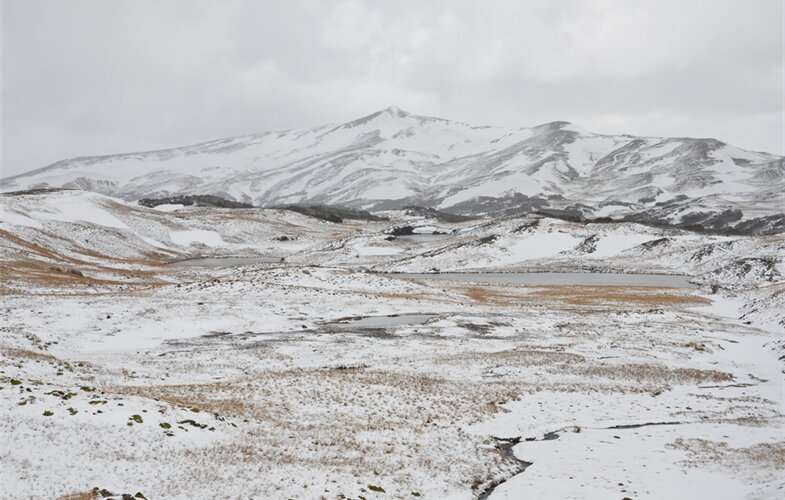Climate change will triple impacts to world's 'life zones' unless emission rates are dramatically reduced

A new study from WCS and multiple partners that modeled changes in the world's 45 different "life zones" from climate change revealed that climate impacts may soon triple over these areas if the earth continues "business-as-usual" emissions.
Life zones are distinct biogeographic regions characterized by biotemperature, precipitation, and aridity representing broad-scale ecosystem types.
The study revealed that the world's life zones have already changed from the early 1900s until present day across all biomes, most notably in Boreal Forests, Temperate Coniferous Forests, and Tropical Coniferous Forests. This includes impacts to 27 million square kilometers (10.4 million square miles) or 18.3 percent of earth's land. Boundaries between life zones have shifted poleward and towards higher elevations, leading to expansions of zones associated with equatorial climates and contractions of zones associated with temperate climates.
Anticipated future changes are expected to accelerate rapidly, particularly if the world does not act on reducing emissions. This includes potential impacts to an additional potential of 62 million square kilometers (24 million square miles) or 42.6 percent of earth's land under 'business-as-usual."
Life zones associated with subpolar rain tundra, wet tundra, and moist tundra are projected to experience the largest decreases while tropical wet forest, tropical rain forest, and cool temperate moist forest are projected to experience the largest increases. Boreal and polar latitudes are projected to experience substantial losses of area, although their vast extent will help compensate for some of these expected losses.
Said Dr. Paul Elsen, WCS Climate Adaptation Scientist and lead author of the study: "The likely future changes in the world's life zones is likely to have a substantial impact on people livelihoods and biodiversity. Large areas of the world are getting hotter and drier and this is already impacting the earth's life zones."
Dr. Hedley Grantham, WCS Director of Conservation Planning and coauthor of the study said: "COP26 is our best chance of countries committing to reducing emissions and putting us on a better future pathway for climate change and its impacts."
The study is published in Global Change Biology.
More information: Paul R. Elsen et al, Accelerated shifts in terrestrial life zones under rapid climate change, Global Change Biology (2021). DOI: 10.1111/gcb.15962
Journal information: Global Change Biology
Provided by Wildlife Conservation Society





















